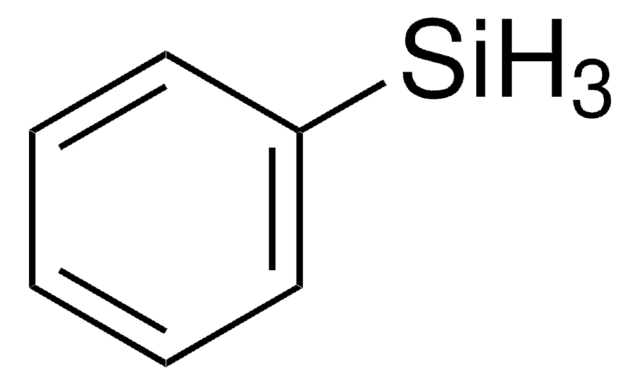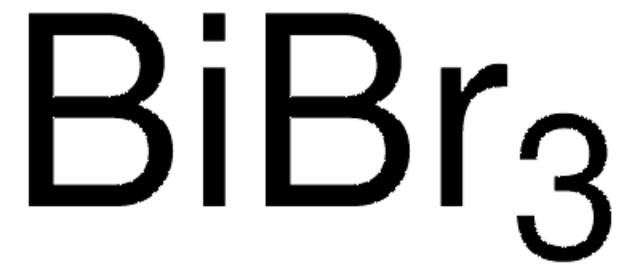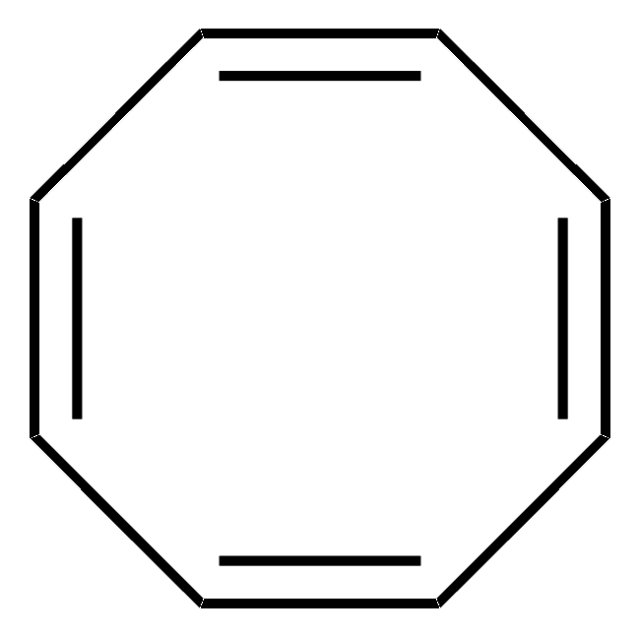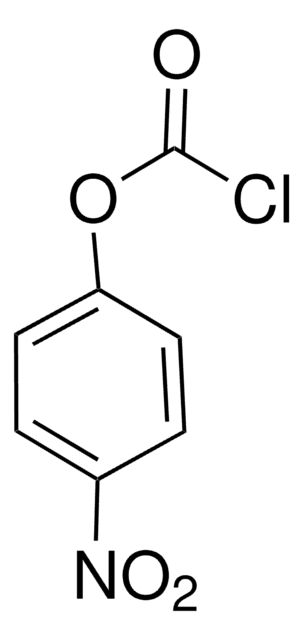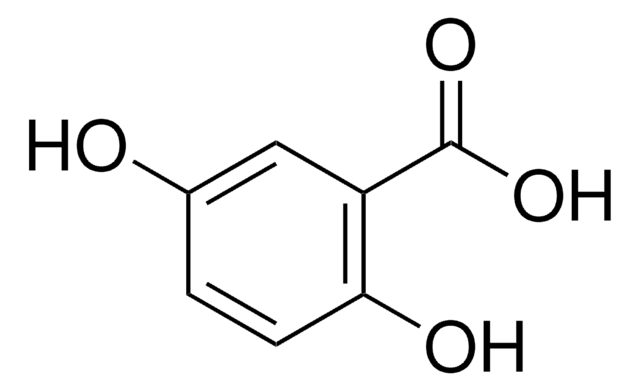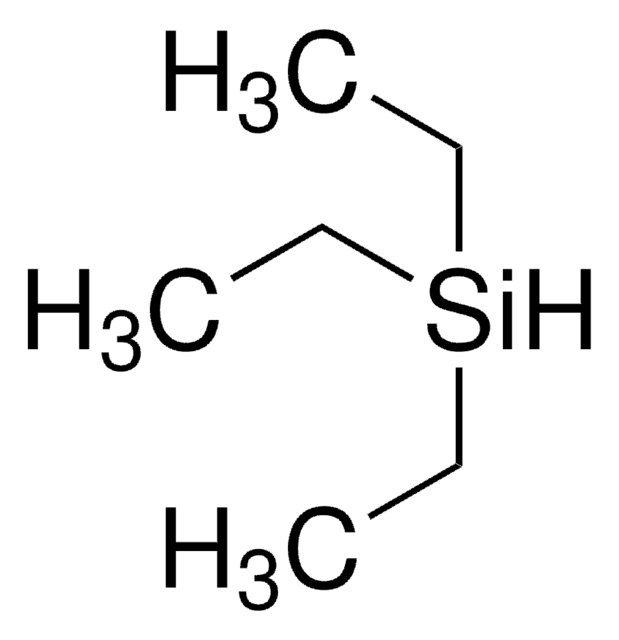150533
Thallium(III) trifluoroacetate
technical grade
Synonym(s):
TTFA, Tris(trifluoroacetato)thallium, Thallic trifluoroacetate, Trifluoroacetic acid thallium(III) salt
About This Item
Recommended Products
grade
technical grade
Quality Level
reaction suitability
core: thallium
reagent type: catalyst
mp
213 °C (dec.) (lit.)
storage temp.
2-8°C
SMILES string
FC(F)(F)C(=O)O[Tl](OC(=O)C(F)(F)F)OC(=O)C(F)(F)F
InChI
1S/3C2HF3O2.Tl/c3*3-2(4,5)1(6)7;/h3*(H,6,7);/q;;;+3/p-3
InChI key
PSHNNUKOUQCMSG-UHFFFAOYSA-K
Looking for similar products? Visit Product Comparison Guide
Application
Signal Word
Danger
Hazard Statements
Precautionary Statements
Hazard Classifications
Acute Tox. 2 Inhalation - Acute Tox. 2 Oral - Aquatic Chronic 2 - STOT RE 2
Storage Class Code
6.1A - Combustible acute toxic Cat. 1 and 2 / very toxic hazardous materials
WGK
WGK 3
Flash Point(F)
Not applicable
Flash Point(C)
Not applicable
Choose from one of the most recent versions:
Already Own This Product?
Find documentation for the products that you have recently purchased in the Document Library.
Articles
Oxidation and reduction reactions are some of the most common transformations encountered in organic synthesis, and are some of the organic chemist’s most powerful tools for creating novel products. Below is a list of the most commonly used oxidizing and reducing agents currently available in our catalog.
Our team of scientists has experience in all areas of research including Life Science, Material Science, Chemical Synthesis, Chromatography, Analytical and many others.
Contact Technical Service